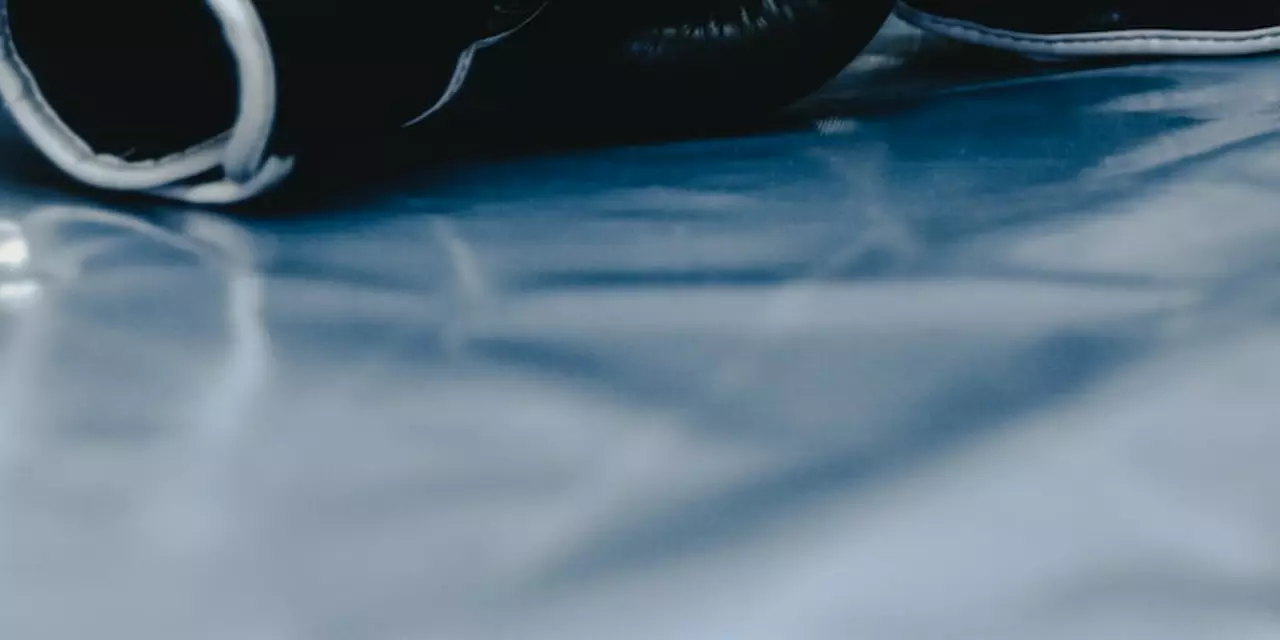Staging Kickboxing Events and Sessions in Coventry
If you’ve ever walked into a kickboxing class and wondered how the space gets ready, you’re looking at staging. It’s the process of arranging the mat, equipment, lighting and safety checks so the session runs without a hitch. Whether you run a club, plan a demo, or host a local tournament, good staging makes the difference between a chaotic night and a smooth‑running event.
Why Staging Matters for Every Kickboxer
First off, staging keeps everyone safe. A misplaced bag or a loose cord can cause trips and injuries. When the area is tidy, fighters can focus on technique instead of watching their feet. Second, a well‑staged space looks professional. Spectators and new members notice the effort you put in and are more likely to stick around. Finally, proper staging saves time. When the mats are laid out and gear is checked before the first round, you avoid mid‑session delays.
Step‑by‑Step Guide to Stage a Kickboxing Session
1. Choose the right room. Look for a space with even flooring, enough clearance for high kicks, and good ventilation. A room about 12 × 12 m works for most clubs in Coventry.
2. Lay the mats. Unroll the tatami or foam mats at least 2 m away from walls. Overlap the edges by a few centimetres to avoid gaps. Secure them with tape if the floor is slippery.
3. Set up equipment. Position heavy bags, speed bags and focus mitts where they won’t block the training area. Keep kettlebells, dumbbells and jump ropes in a corner, away from the main mat.
4. Check lighting. Bright, even lighting helps fighters see their opponents clearly. Replace any burnt‑out bulbs and dim any glare from windows.
5. Test safety gear. Inspect gloves, shin guards and mouthguards for cracks. Make sure first‑aid kits are stocked and easily reachable.
6. Run a quick walk‑through. Walk around the entire space, looking for obstacles, loose cords or wet spots. Fix any issues before participants arrive.
Following these steps takes about 15‑20 minutes, but the payoff is a session that feels organized and safe.
Staging a Small Tournament
Running a local tournament adds a few extra layers. You’ll need a ring or a larger central mat, spectator seating, and a clear schedule displayed at the entrance. Set up a sound system for announcements and music, but keep the volume low enough for fighters to hear the referee.
Make sure each match area has a referee’s table, a scorecard pad, and a water station. After each bout, wipe down the mat and clean any equipment that’s been used. This keeps the area fresh for the next fight and shows professionalism.
When you’re done, take a few minutes to store all gear properly. Rolling up mats and hanging bags the right way extends their life and makes the next event easier to set up.
In Coventry, many clubs share spaces with community centres or schools. Communicate with the venue manager early, confirm the time slots, and ask about any extra cleaning requirements. A little coordination goes a long way.
Staging isn’t a one‑time task; it’s a habit you build with every class and event. The more you practice it, the more natural it becomes, and the better your club looks to members and visitors alike.
Ready to stage your next kickboxing session? Grab a checklist, walk the space, and you’ll see how quickly everything clicks into place.
Is boxing staged to the same extent as professional wrestling?
The article explores the similarities between boxing and professional wrestling. It looks at how both sports are highly competitive and can draw in large audiences. The article also considers the potential for corruption and how that could be affecting the outcome of both sports. It concludes that while boxing may not be staged to the same extent as professional wrestling, there is still the potential for cheating and manipulation in both sports. The article suggests that fans should remain vigilant and raise any suspicions they have about any potential match-fixing if they arise.
